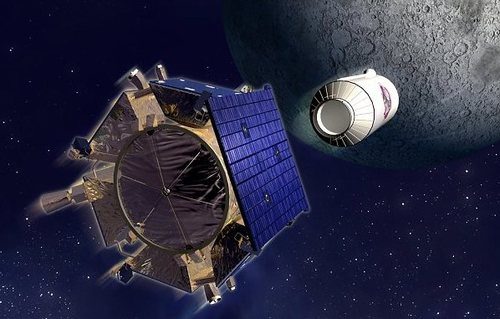[/caption]
I had the chance to interview LCROSS principal investigator Anthony Colaprete about the latest findings released from the lunar impact of the spacecraft a year ago, and in addition to the article we posted here on Universe Today, I also did a podcast for the NASA Lunar Science Institute. If you would like to actually “hear” from Colaprete, you can listen to the podcast on the NLSI website, or you can also find it on the 365 Days of Astronomy podcast.


Very enjoyable, informative and appreciated! FOOD FOR THOUGHT!
The Methane and Hydrogen continuously generated by the Moon’s core? Why that would mean….
Molten rock being put under high pressure can store huge amounts of gases. This may apply for the moon´s core, too. But the moon´s core is not necessarily the source of the H20, OH, CO, CO2, H2S, SO2, NH3, H3, C2H4 and CH4 detected in the LCROSS impact plume. All these molecules are typical ingredients of cometary cores. It is sure that over the past billions of years thousands of comets impacted the moon, each with millions and billions of tons of material.
The puzzling thing is that some of these molecules do not freeze at the temperatures in the Cabeaus crater and thus should not be able to stay there. As they are still there, there must be a mechanism to keep them there.